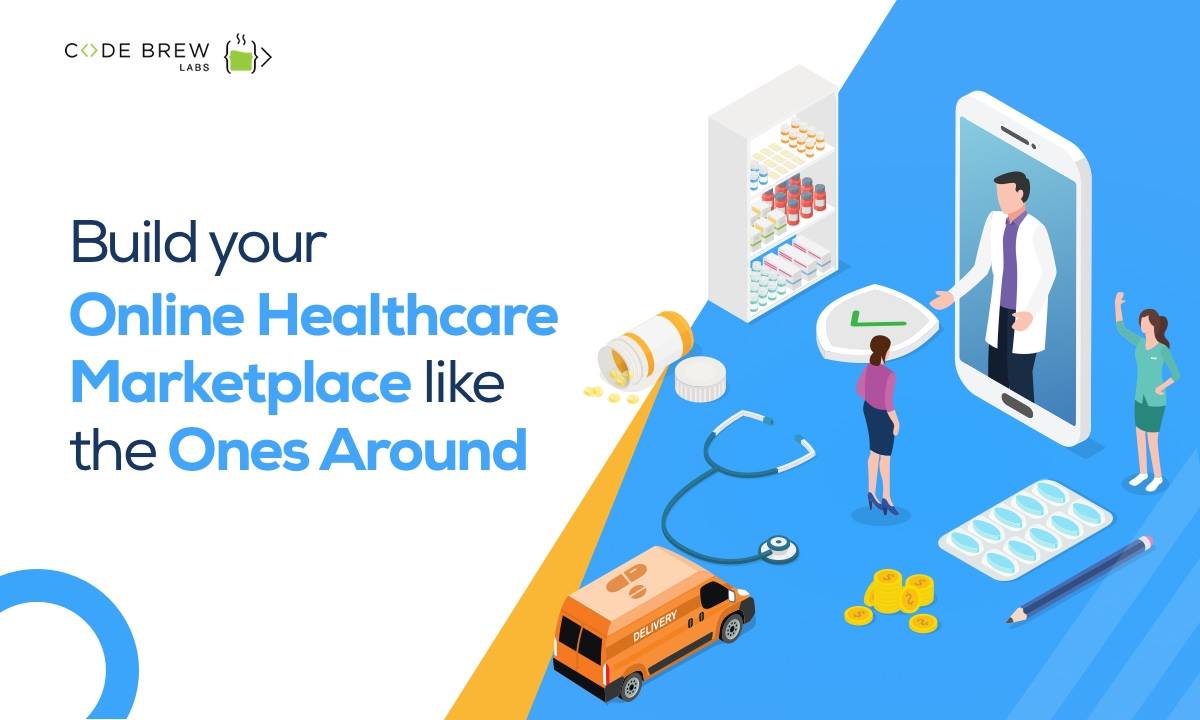How Subscription Based Healthcare is Revolutionizing Patient Accessibility to Services
How Subscription Based Healthcare is Revolutionizing Patient Accessibility to Services
Blog Article
Recognizing the Cost-Effectiveness of Subscription-Based Health Care Models
As the medical care landscape evolves, subscription-based designs emerge as an engaging choice, assuring to redefine how people handle medical expenditures. Evaluating these designs' cost-effectiveness necessitates a nuanced contrast with typical insurance policy, taking into consideration both monetary effects and client fulfillment.
Summary of Subscription-Based Models
Subscription-based healthcare models, in some cases referred to as direct primary care or attendant medicine, are progressively gaining focus as a possible service to inefficiencies within typical medical care systems. These versions operate the principle of offering people direct accessibility to doctor with a yearly or monthly cost, bypassing the need for conventional insurance policy systems. This plan intends to simplify patient-provider interactions by reducing management worries, which typically prevent tailored and prompt treatment.
At the core of subscription-based designs is the focus on an extra personalized individual experience. Patients gain from boosted access to their doctors, commonly consisting of same-day or next-day appointments, prolonged assessment times, and direct communication networks such as phone or video phone calls. This version promotes an aggressive method to healthcare, where clients and providers can collaboratively focus on preventative care and chronic illness management.

Price Comparison With Traditional Insurance

One of the main financial advantages of membership designs is transparency in costs. Conversely, traditional insurance may be much more helpful for individuals requiring specialized care or expensive therapies not covered under a registration model, as they benefit from the wider coverage network and cost-sharing systems.
Nonetheless, cost-effectiveness is context-dependent. While registration designs might offer financial savings for those largely requiring medical care, individuals with persistent conditions or specialized healthcare demands could locate traditional insurance policy more thorough. Assessing particular healthcare needs and prospective usage is critical in figuring out the most affordable alternative for people.
Influence on Client Fulfillment
Person fulfillment within subscription-based medical care versions typically shows a significant renovation over traditional insurance policy systems. This enhancement is mainly connected to the personalized care and accessibility these models supply. Clients regularly report higher contentment due to decreased wait times and the convenience of scheduling visits. Unlike standard systems, where people may experience delays in obtaining treatment, subscription-based designs ensure more prompt and straight communications with doctor.
Moreover, the openness in costs connected with subscription-based health care eases the usual frustrations associated with unexpected costs and intricate billing procedures seen in standard insurance coverage (subscription based healthcare). People value recognizing the precise economic dedication upfront, causing enhanced trust and self-confidence in their healthcare monitoring
Furthermore, the emphasis on preventive care and wellness in registration designs adds to enhanced health end results, better improving patient contentment. By concentrating on ongoing health and wellness upkeep instead than anecdotal care, individuals experience a more holistic and continual health care trip.
Additionally, the enhanced provider-patient relationship cultivated in these models, characterized by even more time spent per person and tailored interest, plays an essential role in raising person satisfaction levels, as clients really feel genuinely cared for and comprehended.
copyright Viewpoints and Experiences
From the provider's viewpoint, subscription-based health care versions offer a transformative strategy to delivering clinical solutions. These models highlight a preventative and positive healthcare technique, permitting providers to concentrate on detailed individual care without the restraints of typical fee-for-service plans (subscription based healthcare). This change in focus usually leads to enhanced individual end results and enhanced supplier contentment, as medical care specialists can assign more time and sources to individual involvement and customized care strategies
In addition, membership designs promote predictable income streams, which enhance financial stability for doctor. This predictability permits enhanced resource planning and appropriation, contributing to a more effective health care delivery system. Providers can buy personnel innovation, training, and facilities renovations, consequently enhancing the quality of treatment provided.
Nonetheless, the transition to subscription-based versions is not without challenges. In spite of these difficulties, numerous companies locate that the advantages of boosted client communication and streamlined operations outweigh the initial difficulties, making subscription-based models an attractive alternative.
Future Potential Customers and Challenges

A main difficulty is regulative conformity, as subscription versions need to comply with progressing health care plans and insurance requirements. This requires continuous adjustment and development to make certain placement with legal requirements. Additionally, incorporating these designs right into existing healthcare infrastructures can be intricate, calling for substantial investments in modern technology and training.
There is also the prospective threat of producing injustices in health care accessibility, as membership versions may favor those who can manage them, leaving at risk populations underserved. Resolving this needs thoughtful factor to consider of prices approaches and aid devices to make sure inclusivity.
Final Thought
Subscription-based healthcare versions provide a viable option to traditional insurance coverage by using financial predictability and openness, especially profiting people with chronic conditions or regular medical care needs. The cost-effectiveness of these designs is contingent upon individual healthcare use patterns and situations.
Subscription-based medical care versions, occasionally referred to as direct primary treatment or attendant medicine, are significantly obtaining focus as a possible option to inefficiencies within typical medical care systems. Unlike standard systems, where clients could experience delays in getting care, subscription-based models ensure even more prompt and straight communications with medical care service providers.
These designs highlight a positive and preventative health news care technique, allowing service providers to focus on thorough client treatment without the restraints of standard fee-for-service plans. As these versions continue to acquire traction, they supply the prospective to transform person access to care, simplify service delivery, and maximize healthcare spending.Subscription-based healthcare versions offer a practical website link option to conventional insurance by supplying monetary predictability and openness, particularly benefiting individuals with persistent conditions or frequent health care requirements.
Report this page